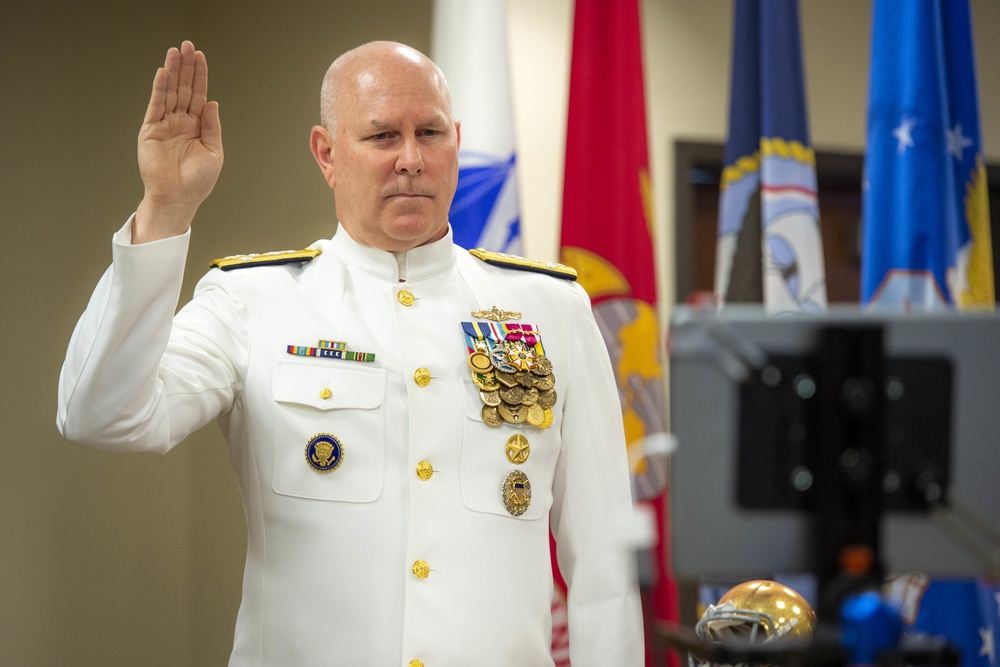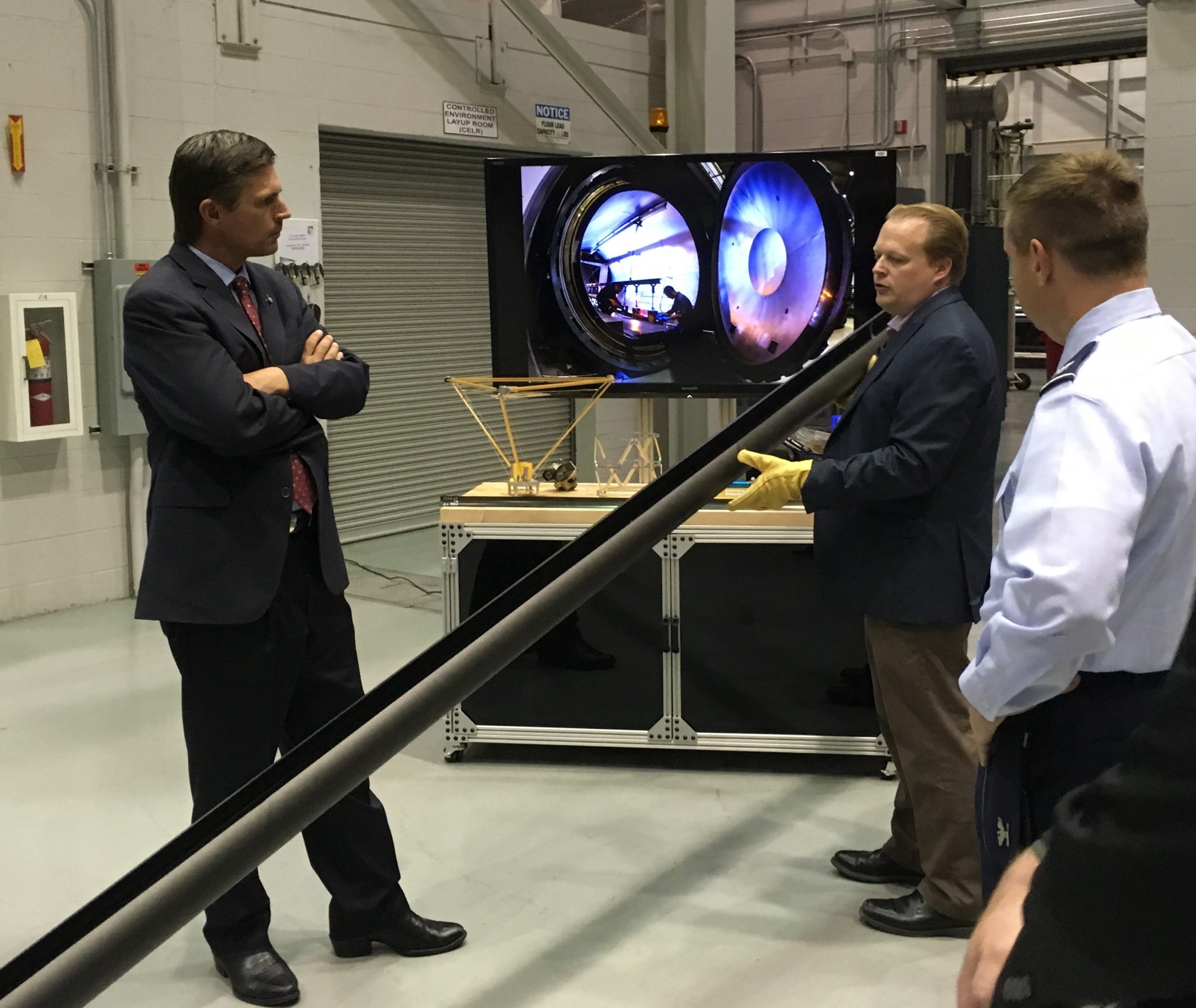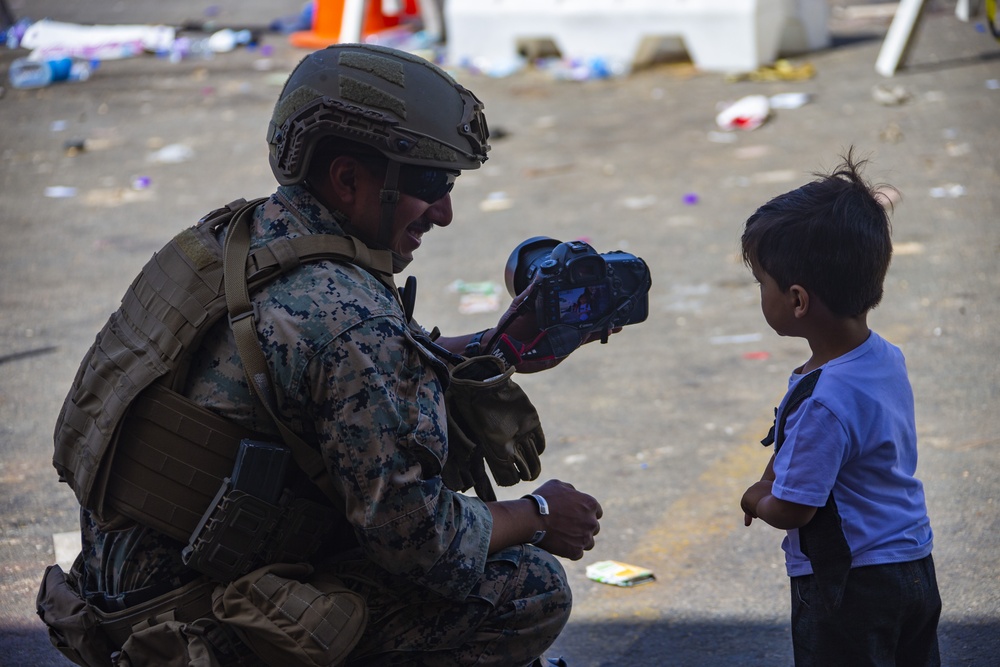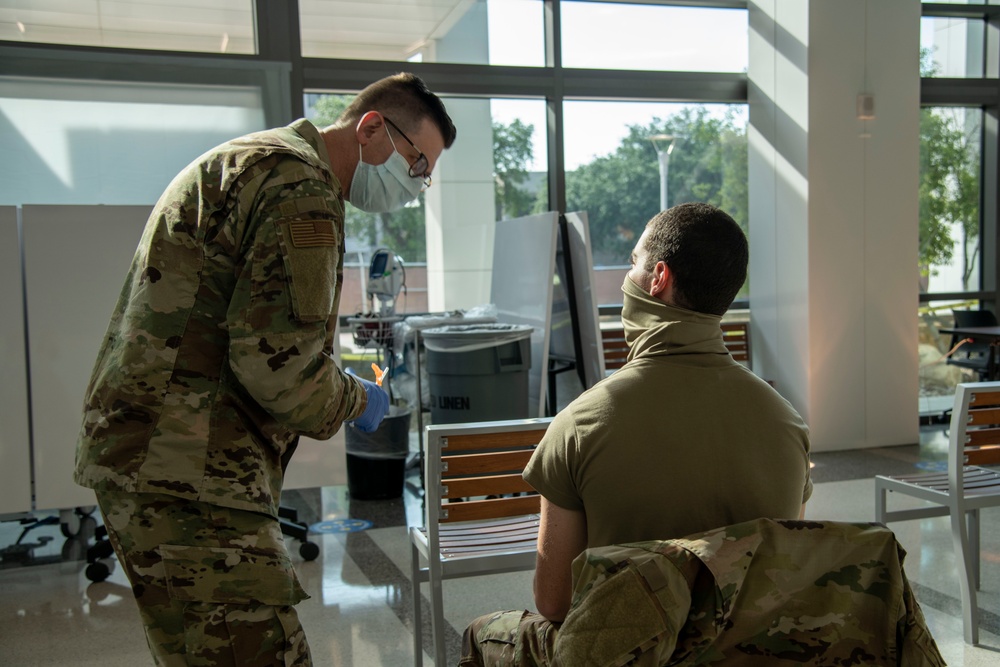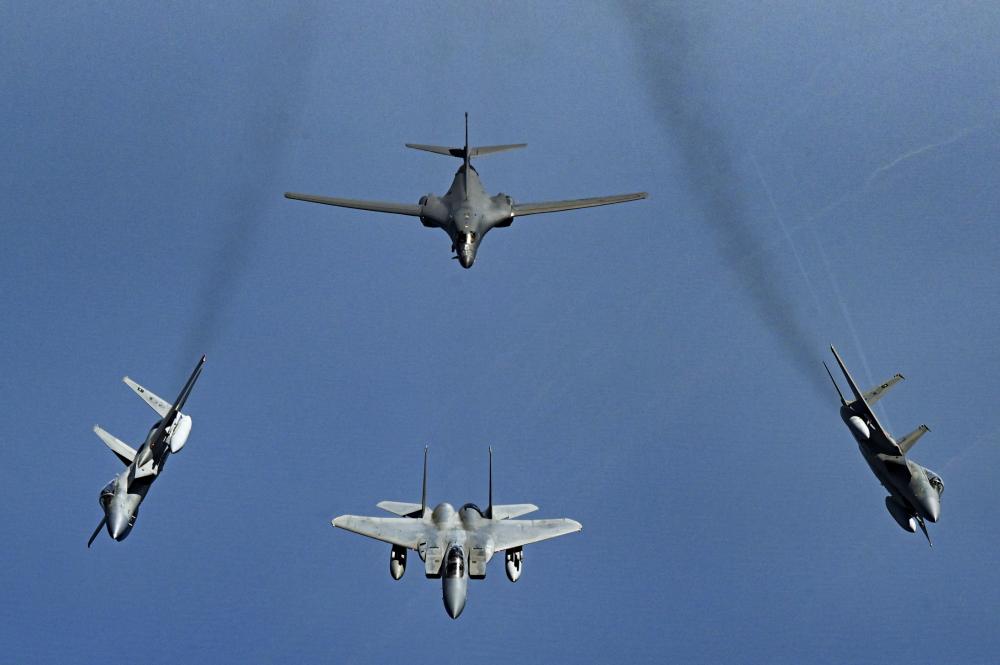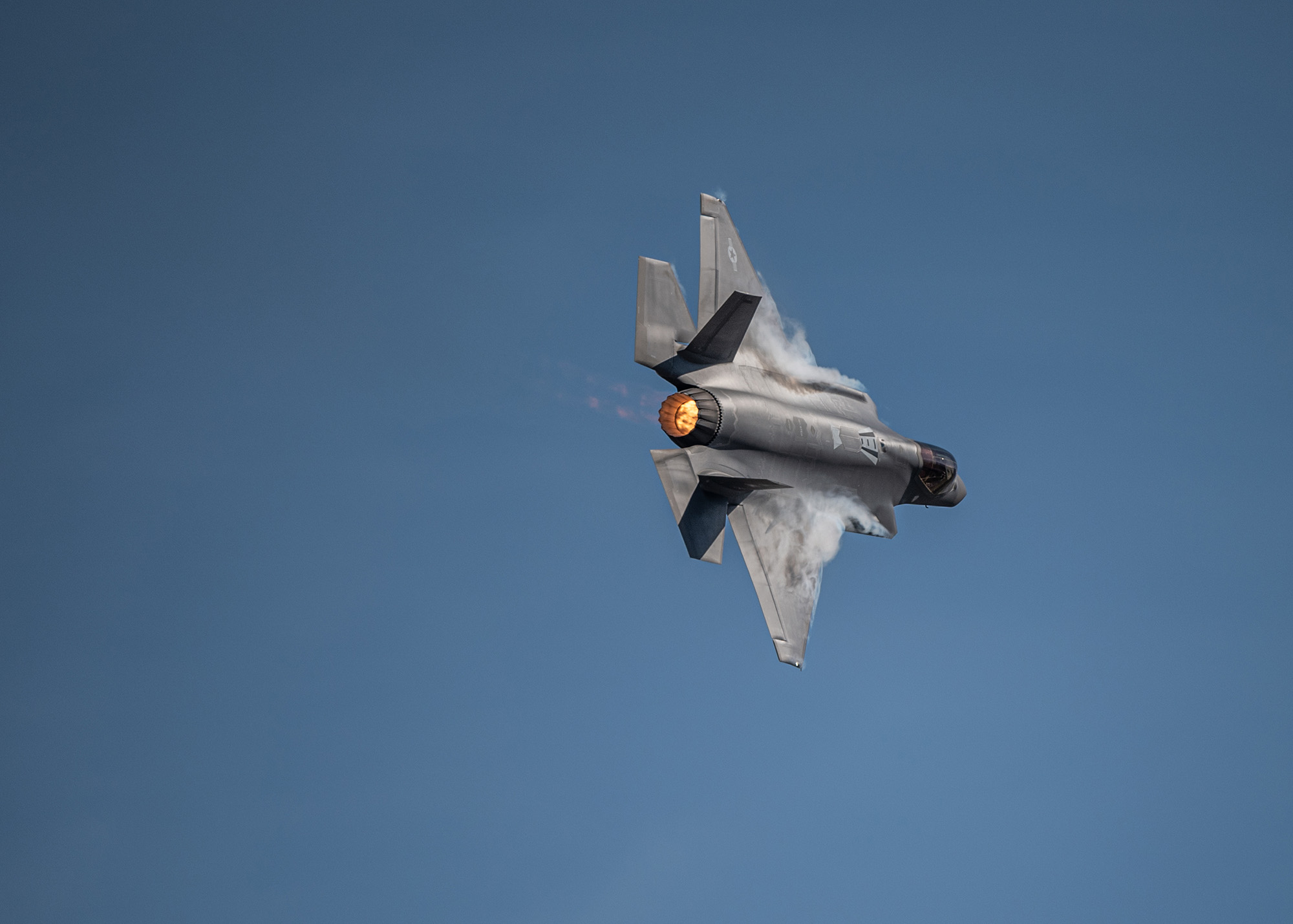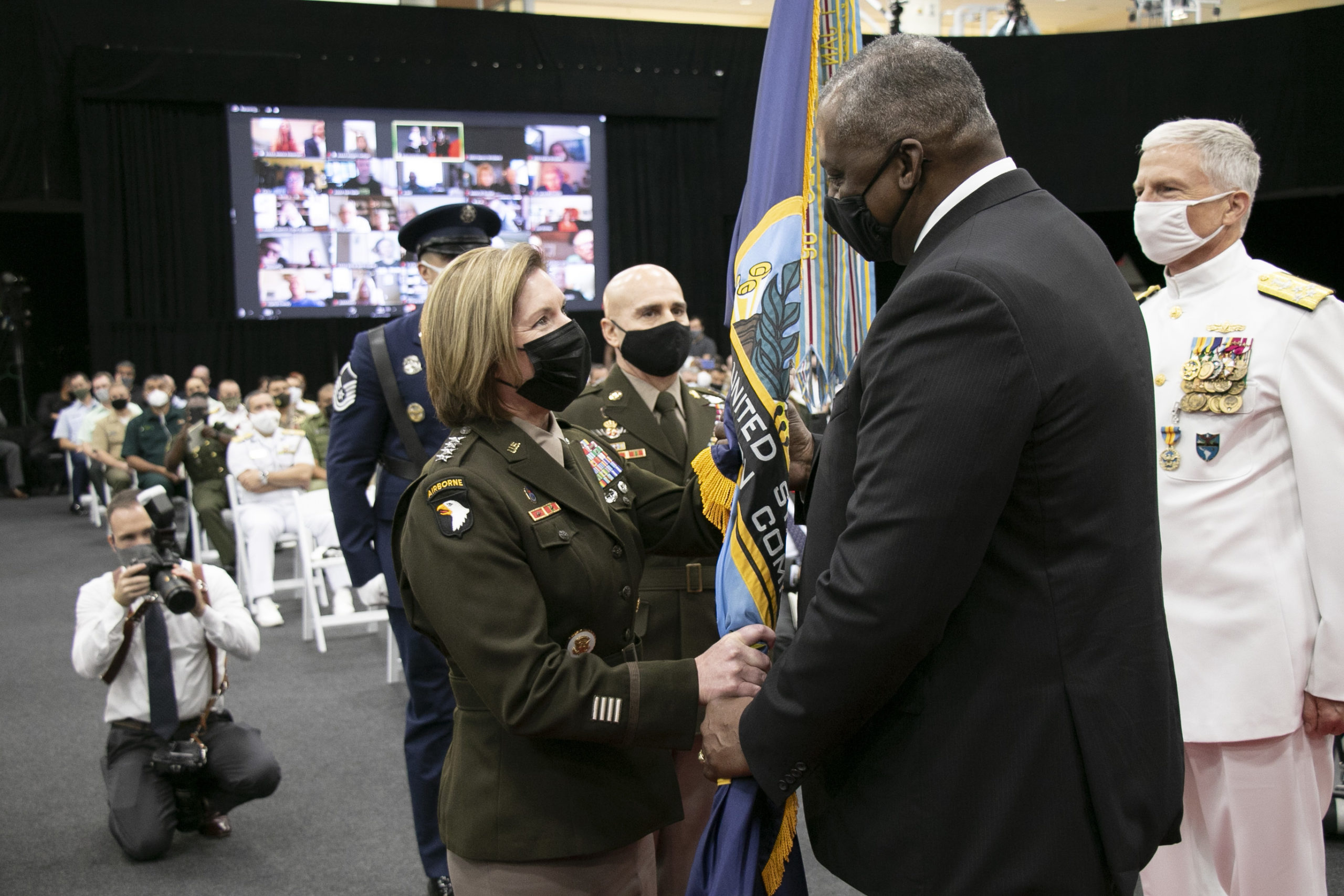Defense Department officials will visit Capitol Hill on Nov. 3 to brief staffers on the department’s annual report on the Chinese military amid heightened concerns about China’s military buildup, a DOD spokesperson confirmed.
The report, “2021 Military and Security Developments Involving the People’s Republic of China”, commonly called the “China Military Power Report,” comes amid technological developments by the Chinese military that reportedly surprised members of the U.S. intelligence community, plus the apparently rapid growth of the Chinese intercontinental ballistic missile program and aggressive moves toward Taiwan.
Since the last report was released in August 2020, China’s aim to achieve a world-class military by 2050 and challenge the United States has evidently marched on with continued growth, testing, and modernization efforts. That now includes asymmetric capabilities, as the Financial Times revealed in a recent report that China tested a nuclear-capable orbital hypersonic weapon in August.
While the Pentagon declined again Nov. 1 to comment on the orbital test, Chairman of the Joint Chiefs of Staff Army Gen. Mark A. Milley acknowledged the test in an interview with Bloomberg TV and said China’s developments were “very concerning.”
Meanwhile, since October, 150 aircraft from the People’s Liberation Army Air Force have entered the Taiwanese air defense identification zone. China watchers have pondered whether the show of force is a mere exercise or practice for an invasion.
In July, private research groups studying satellite imagery noticed that China had built more than 100 new ICBM silos in its western desert.
The release in September of the book “Peril” by reporters Bob Woodward and Robert Costa revealed conversations between Milley and his Chinese counterpart during the final months of the Trump administration, an apparent effort to de-escalate tensions at a time the Chinese reportedly thought conflict could be imminent.
Milley was harshly criticized for reportedly saying he would notify the Chinese in advance of an attack, but he defended the calls as typical of his position.
Defense Secretary Lloyd J. Austin III has labeled China America’s “pacing challenge” and personally chairs high-level biweekly meetings on China’s military.
While this year’s report was concluded in December 2020, news of more recent developments including China’s nuclear buildup, hypersonic development, and aggression against Taiwan are well known. The closed-door briefing will not be televised, but officials may be asked to explain how DOD’s thinking has evolved with the latest developments.
The Pentagon will release the report midday Nov. 3 following the Hill briefing.
Editor’s Note: This story was updated at 6:45 p.m. Nov. 2 to reflect that unnamed Defense Department officials will visit Capitol Hill.


